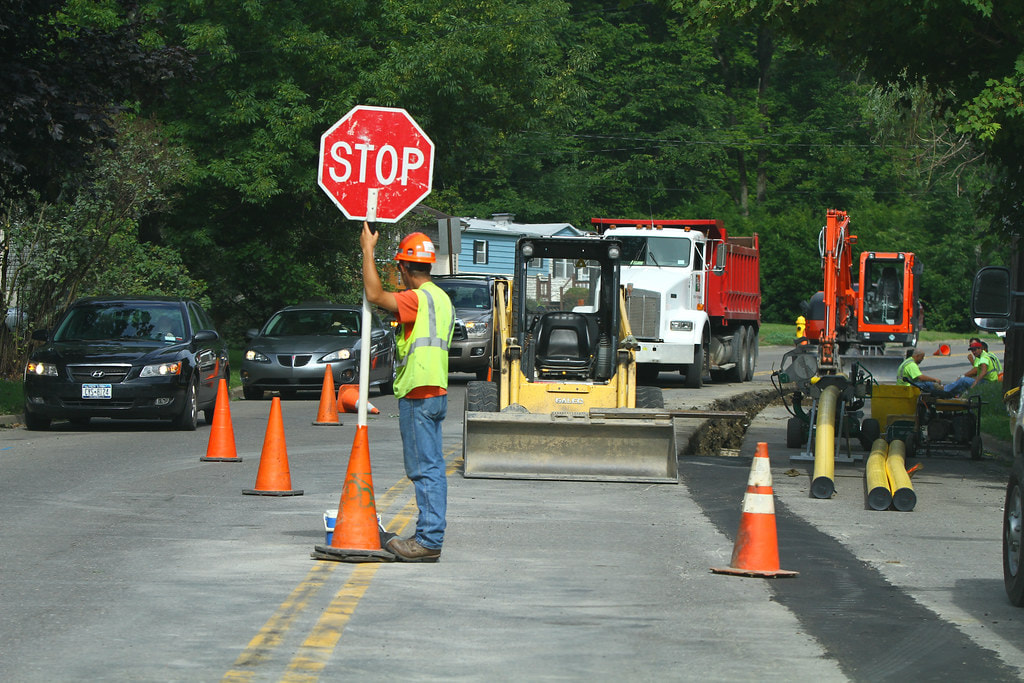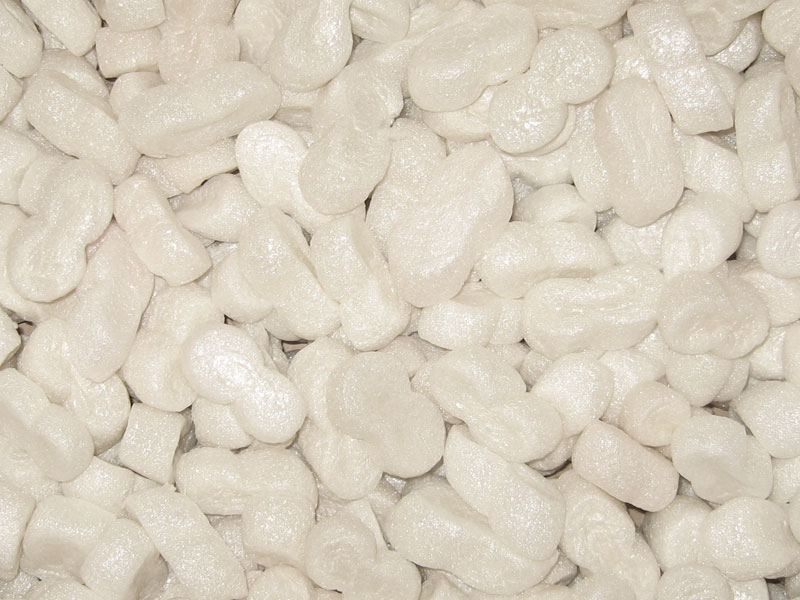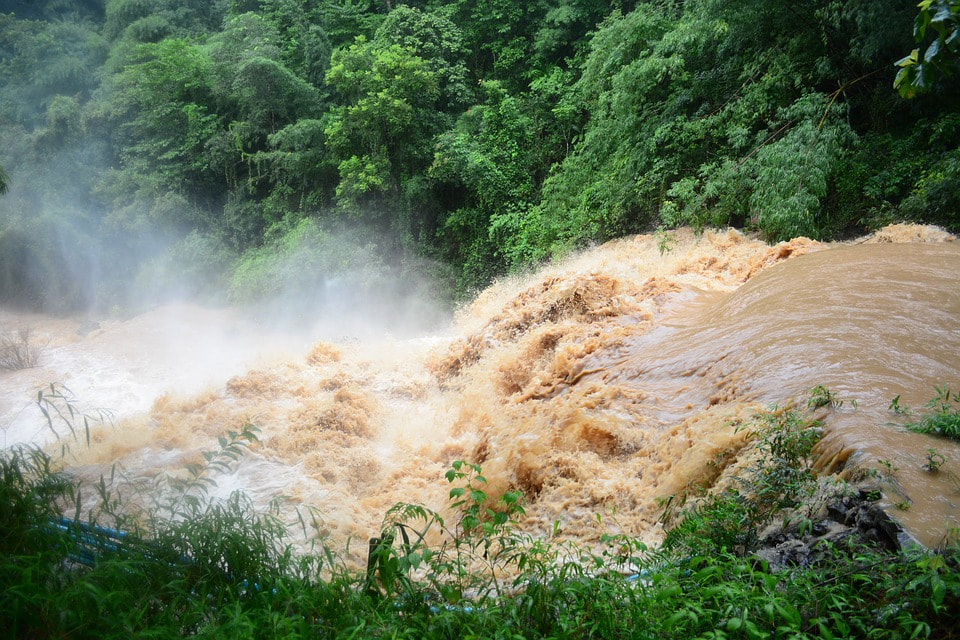Blog |
Discussing current issues in engineering
|
 "Road Construction" by Chris Waits. License: CC BY 2.0. No changes made. A recent NPR interview with Tom Smith, the executive director of the American Society of Civil Engineers, discusses the United States’ D+ grade on the Society’s last report card from 2017.
Smith explains that this is mainly due to neglected infrastructure. Issues like national transportation aren’t receiving adequate funding from Congress, which has not been building upkeep and maintenance into budgets. Smith states that the country’s infrastructure requires funding and leadership from the federal government. The effects of neglecting U.S. infrastructure are not just internal or invisible—in fact, consequences are becoming more visible every day. Currently in the water sector, Smith points out there are “240,000 waterline breaks a year. So every couple of minutes, we’re seeing a waterline break,” which not only affects waterlines but also spreads to system shutdowns, such as the Metro system in Washington, D.C. Traffic is another side effect of our poor infrastructure, and though taxpayer money is a main part of the solution to this problem, taxpayers are actually paying more due to a failure to invest in infrastructure—a hidden tax of about $3,400 a year. He concludes that, by investing in roadway upkeep, waterlines, and other important infrastructural systems, we can save money for households and make large strides towards a more efficient system. Researchers at Washington State University have recently developed a plant-based insulation alternative to Styrofoam, according to this article on Science Daily.
Styrofoam is a popular material because it’s cheap and good for insulation—you might recognize it from takeout boxes and disposable coffee cups. However, Styrofoam is made from petroleum, it doesn’t degrade naturally (similar to plastic), and burning it is harmful to the environment. This new plant-based alternative is created from 75% cellulose nanocrystals from wood pulp. The new material is lightweight, degrades well, and is far better for the environment even if disposed of. In fact, the new material appears to be a better insulator than Styrofoam. Researcher Xiao Zhang, associate professor at the Gene and Linda School of Chemical Engineering and Bioengineering who was interviewed for the article, states that this material “has many desirable properties, and to be able to transfer these properties to a bulk sale for the first time through this engineered approach is very exciting.” Innovations like this are very exciting because they bring us one step closer to a more environmentally sustainable future. The best way to stop manufacturing existing harmful materials is to create better alternatives, and researchers at Washington State are doing just that. With rising global temperatures, natural disasters have become more frequent and intense in recent years—costing over $1.5 trillion and resulting in nearly 10,000 casualties since 1980.
But what’s also becoming more prevalent are “cascading natural disasters”—when one hazardous event impacts or creates another, creating a domino effect of destruction. For example, after a wildfire or deforestation, topsoil becomes destabilized, leaving the earth incapable of absorbing rainfall. This then leads to flooding and landslides, such as the 20-foot high mudslide that hit Montecito, California homes at 20 miles per hour in January 2018. Or consider hurricanes and their resulting storm surges. Flooding from these events typically impacts low-income households the most—as it did during Hurricane Katrina—since the most affordable homes tend to be located in the floodplains. This leads to a humanitarian disaster. Although it’s impossible to predict the next hazardous event, civil engineers work to build solutions to reduce their impact and prevent the cascading effect. This means designing with the big picture in mind—rather than solving just the issue at hand. To learn more about cascading natural disasters, check out this insightful article from Nature, International Journal of Science. |
Colman Engineering, PLCA professional engineering firm located in Harrisonburg, VA Archives
January 2022
|



 RSS Feed
RSS Feed
